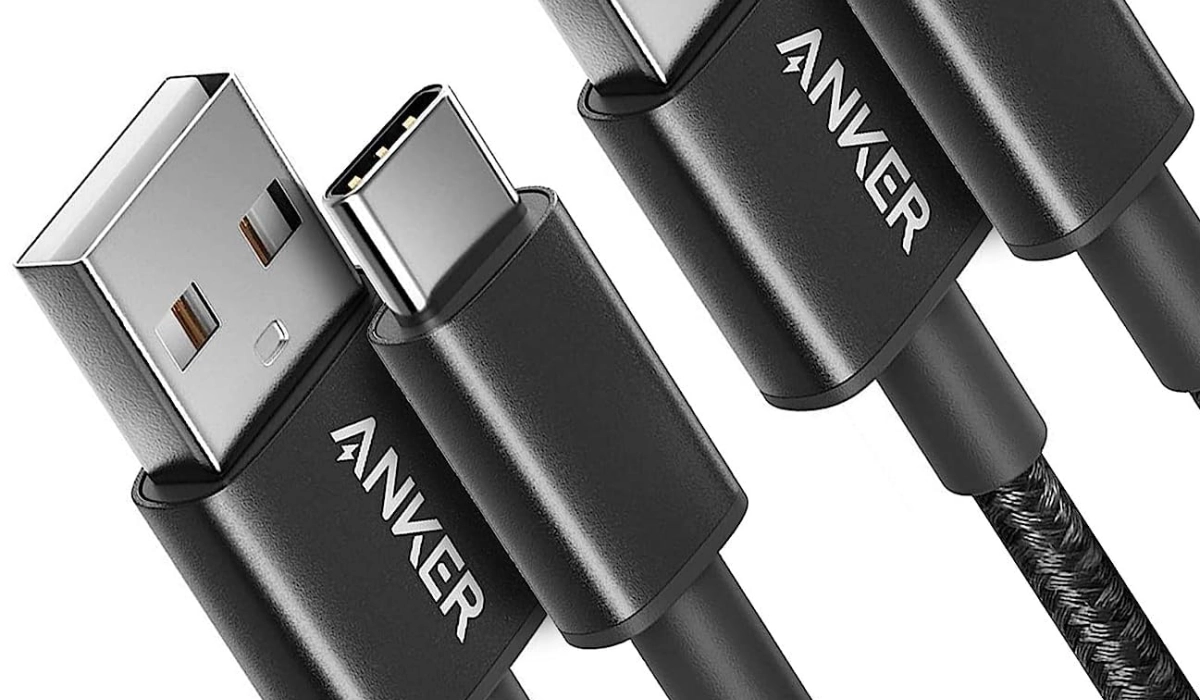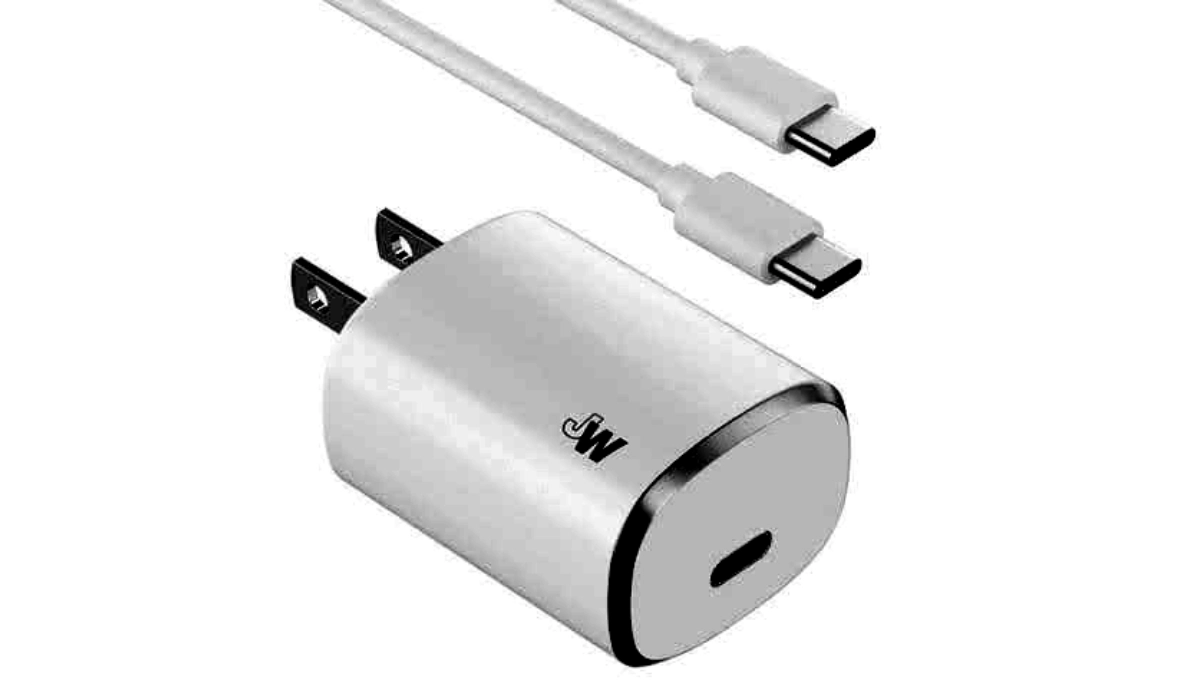In the US, there has been a shift from using the older USB Type-A to Type-C charger and cable to using USB Type-C to Type-C chargers and cables for cell phones.
Most phone chargers in the world are of the USB Type-A to Type-C standard, with the big Type-A end plugging into the adaptor or wall charging brick. The two ends of the cable looks like this:

You are familiar with it, because it is the most common type of charging cable these days. A USB Type-C to Type-C charger is different: the common Type-A end of the cable and slot in the adaptor is replaced with a Type-C end and slot, so that both ends of the cable are Type-C and fit into the adaptor. Which is why they are called reversible connectors: you can plug in either end.
Here is what a Type-C to Type-C charger and cable look like:

In the United States, at least three major phone brands have embraced Type-C to Type-C chargers and cables – Apple, Samsung, and Google Pixel. The official iPhone charging brick has a Type-C port for the cable. The same goes for Google Pixel and Samsung Galaxy phones. It is the type of charger and cable that you will find in their product boxes.
I remember that my last Pixel phone, the 5a 5G, and my last Samsung, the Galaxy S23, both had the Type-C reversible type of charger and cable. Between Apple, Samsung, and Google, over 80% of the US smartphone market is covered.
This means that the USB Type-C to Type-C charger is now the dominant phone charger type in the US. And that’s great news. You never have to worry about compatibility. Outside of the US, though, there are still many countries and regions that the older USB Type-A to Type-C charger is still the default.
Table of Contents
Advantages of using a USB Type-C to Type-C charger and cable
Using a USB Type-C to Type-C charger has several advantages. Let’s have a look at them:
- Fast Charging: USB-C supports higher power delivery, enabling faster charging for devices like smartphones, tablets, and laptops.
- Universal Compatibility: A wide range of devices, from all the major phone manufacturers, now use USB-C, making it easier to use a single charger for multiple devices.
- Reversible Connection: The USB-C connector is reversible, so there’s no wrong way to plug it in, reducing wear and tear on both the cable and the port.
- Data Transfer Speed: USB-C cables can support higher data transfer rates, allowing for quicker file transfers between devices.
- Durability: USB-C cables are often more durable and designed to withstand frequent plugging and unplugging.
- Future-Proof: As more devices adopt USB-C, having these chargers ensures you’re ready for newer technology.
Other uses of Type-C reversible cables beside charging
Having a Type-C to Type-C cable also .wants that you can use it to connect two smartphones to move files across and even to charge one another. There are times when I have been in low battery situations and had to charge the phone with another phone, and my trusty Type-C to Type-C charger cable came in handy. You can watch a video tutorial that I did showing how this works. Check the YouTube video out.
Disadvantages of using a Type-C to Type-C charger
To be honest, I can’t think of any disadvantage of using a Type-C to Type-C charger and cable. I have given it a lot of thought and couldn’t come up with one disadvantage, at least if you are resident in the US.
There are simply no downsides to it. This is a straightforward case of, “out with the old, in with the new”. USB Tyoe-C reversible connector cables and chargers are here to stay and if you aren’t using one yet, you should fix that situation.